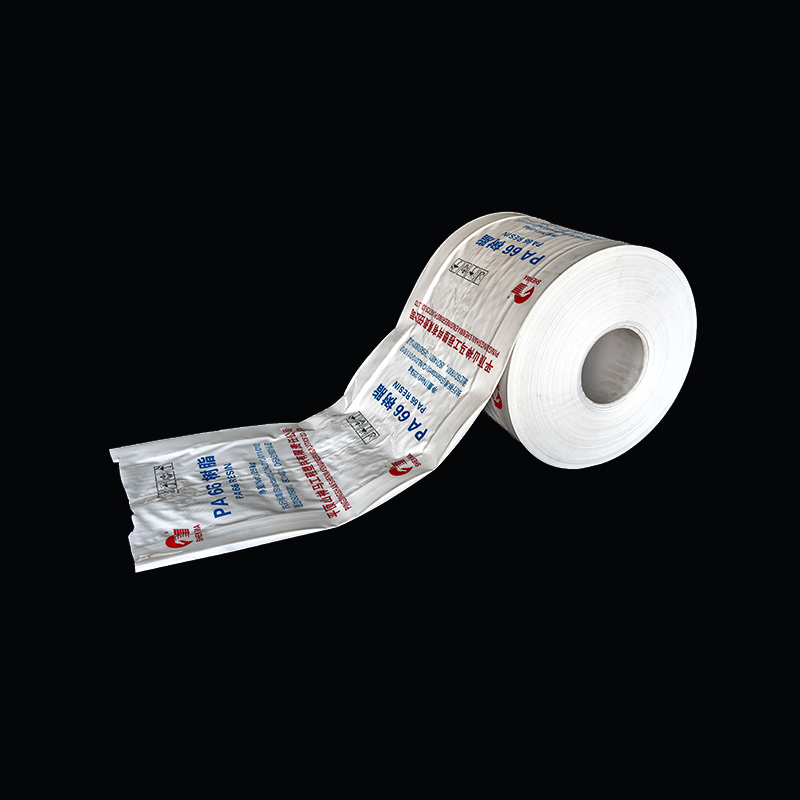
 2025.10.24
2025.10.24
 Industry News
Industry News
Aluminum foil bags are a widely used packaging solution designed to protect products from external factors such as moisture, oxygen, light, and contaminants. These bags are commonly utilized in the food, pharmaceutical, and electronics industries due to their ability to preserve product quality, extend shelf life, and provide a durable and reliable packaging option. The reflective and barrier properties of aluminum foil make it a versatile material for various applications.
One of the main advantages of aluminum foil bags is their good barrier performance. The aluminum layer acts as a shield against air, moisture, and light, which can degrade the contents over time. This makes aluminum foil bags ideal for packaging sensitive products such as snacks, coffee, powdered goods, and pharmaceuticals. By preventing exposure to environmental factors, these bags help maintain freshness, flavor, and potency, ensuring that products reach consumers in good condition.
Aluminum foil bags are typically constructed using multiple layers of material. In addition to the aluminum foil, layers of polyethylene, polyester, or nylon are often included to provide strength, flexibility, and sealing capabilities. The combination of these materials results in a bag that is both strong and adaptable, capable of withstanding handling, transportation, and storage without compromising the barrier properties. Multi-layer construction also enhances puncture resistance, preventing damage during shipping and reducing product waste.
These bags are available in a variety of formats to meet different packaging needs. Stand-up pouches, flat pouches, vacuum-sealed bags, and resealable options are commonly produced. Stand-up pouches are popular in retail settings because they can display products attractively on shelves while maintaining protection. Resealable bags provide added convenience for consumers, allowing partially used products to be stored safely without losing freshness. Vacuum-sealed aluminum bags are particularly effective for extending shelf life by reducing air exposure.
Another benefit of aluminum foil bags is their compatibility with high-quality printing. Brands can use the outer layers to include product information, branding, nutritional details, and regulatory labeling. The reflective surface of the foil adds a premium look, which can enhance product presentation in retail environments. The ability to customize size, shape, and design also adds versatility, making aluminum foil bags suitable for both large-scale production and smaller boutique packaging.
Sustainability is an increasing focus in packaging design, and aluminum foil bags offer potential advantages. Aluminum is recyclable, and advances in multi-layer material technology have made it possible to reduce overall material usage while maintaining protective qualities. By preserving product integrity and extending shelf life, aluminum foil bags also help small waste in the supply chain, supporting environmental objectives.
Proper handling and storage are important to maintain the performance of aluminum foil bags. They should be stored in cool, dry areas and kept away from sharp objects or excessive heat to avoid punctures or damage. During packaging, ensuring proper sealing is essential to maintain the barrier properties and protect the contents.
In conclusion, aluminum foil bags provide a durable, versatile, and high-performing packaging solution. Their multi-layer construction, barrier properties, and design flexibility make them suitable for a wide range of products, including food, pharmaceuticals, and electronics.
